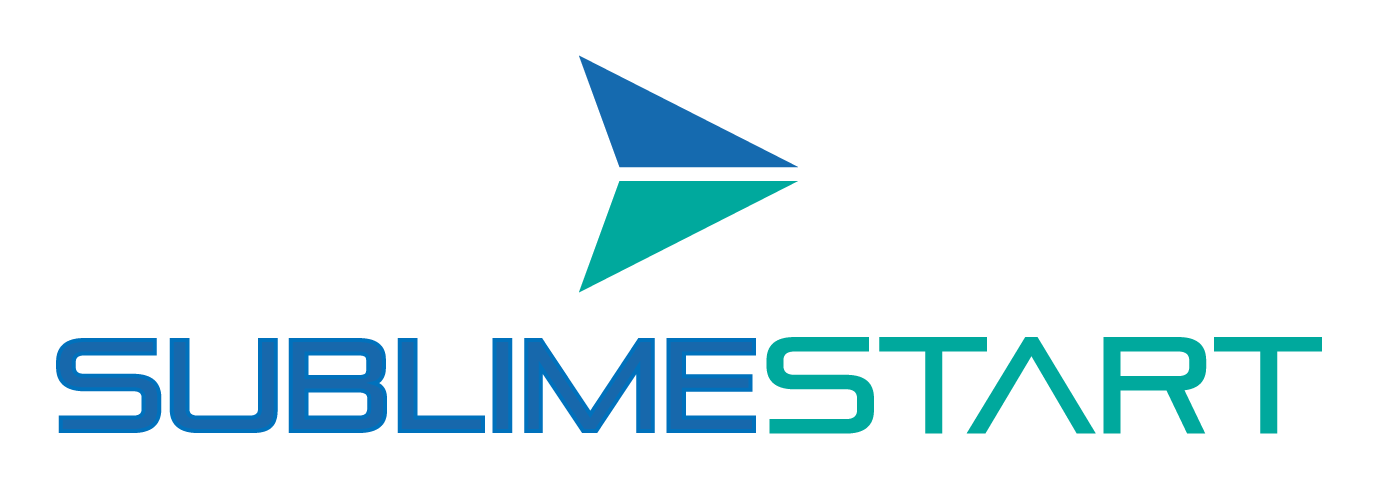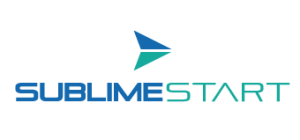Blog: Meaning, Usability, Structure and Best Practices
Blogging has become one of the most valuable tools for modern businesses because it helps build authority, improve visibility, and attract the right audience without relying only on paid advertising. Whether you manage a growing company, run a consultancy, or lead an established brand, a well planned blog can strengthen your online presence and support your long term business goals. If your website already exists, adding a blog can significantly increase traffic, deepen customer trust, and position your business as an expert in your field.
What Is a Blog and What Is a Blog Post?
Understanding the basic meaning of a blog is important because it sets the foundation for how you use this tool in your business. A blog is a dedicated section of your website where you publish articles on topics related to your industry. It is a space for education, insights, updates, and problem solving. Unlike static website pages, a blog is dynamic and regularly updated, which signals freshness and relevance to both readers and search engines.
A blog post is an individual article published within your blog. Each post focuses on one topic and provides information, guidance, or answers to questions your audience cares about. Blog posts can include text, images, videos, examples, or tutorials. They can be short or long, depending on your message and goals. Together, your blog posts create a growing library of helpful content that attracts visitors, builds brand authority, and supports your sales and marketing efforts.
Clarify the Purpose of Your Business Blog
Clarifying the purpose of your blog shapes every decision you make, from the topics you choose to the tone you write in. Instead of guessing what to publish, you gain a clear direction that ensures your content supports measurable business outcomes. A defined purpose also makes it easier to evaluate whether your blog is performing the way you want it to.
Common goals for business blogs
- Increase organic search traffic
- Educate potential customers
- Build credibility and authority
- Generate leads and email subscribers
- Promote services or products
- Support customer retention
Plan Your Blog Integration With Your Existing Website
Integrating your blog with your existing website influences how your audience experiences your brand. When the blog feels like a natural part of your site, visitors move through your content without confusion or distraction. This smooth navigation encourages users to explore more pages and increases the chances they will interact with your services.
Tips for smooth integration
- Add your blog to your main navigation
- Use your existing color palette and design style
- Match your layout to the rest of your website
- Include strategic calls to action that guide readers toward next steps
Build a Content Strategy That Supports Your Sales Cycle
A strong content strategy allows your blog to work in harmony with your sales process. Instead of publishing random topics, you produce content that answers real questions, removes buying barriers, and positions your business as the logical solution. This approach helps you attract not just more traffic but the right traffic.
Content for early stage visitors
- Educational posts
- How to guides
- Industry insights
- Introductory resources
Content for decision stage visitors
- Case studies
- Product or service comparisons
- Success stories
- Detailed explanations of solutions
Research Your Ideal Customer
Researching your ideal customer guides you toward topics that resonate and create value. When you understand your customers motivations and challenges, your content speaks to them directly rather than guessing at what they want. This clarity makes your blog more relevant and increases engagement.
Learn what your customers want to read
- Review common customer questions
- Study competitor blog topics
- Observe conversations on social platforms
- Ask your audience through surveys or email
- Look at forums and community discussions
Create a Strategic Content Calendar
A content calendar does more than keep you organized. It helps you plan content around seasonal trends, business priorities, and product launches, which leads to more purposeful and timely posts. With a clear schedule, your team knows exactly what to create and when to publish it.
What to include in your calendar
- Post topics and angles
- Target keywords
- Publishing dates
- Assigned team member
- Call to action for each post
Write High Quality Business Focused Blog Posts
High quality content reflects the professionalism and expertise of your business. Well written posts help potential customers understand your value and view your brand as trustworthy. When your content is clear, actionable, and relevant, it becomes easier for readers to see your business as the right choice.
Structure of a strong business blog post
Headline: Clear, specific, and benefit driven.
Introduction: Identify the problem and explain why the reader should care.
Body: Provide steps, guidance, and practical solutions.
Conclusion: Summarize the value of the post.
Call to action: Direct readers to the next step in your business.
Business writing best practices
- Be clear and practical
- Use simple language
- Offer real examples
- Focus on benefits
- Include visuals
- Edit carefully
Use SEO to Drive More Traffic to Your Website
SEO transforms your blog from a simple collection of articles into a long term traffic generator. By optimizing your posts for search, you give your content a better chance of reaching people who are actively looking for what you provide. Over time, this increases authority and strengthens your online presence.
On page SEO essentials
- Choose one main keyword per post
- Use the keyword naturally in headings and text
- Add a clear meta description
- Link to related pages on your site
- Link to trusted external sources
Technical SEO essentials
- Improve site loading speed
- Optimize images
- Ensure your site is mobile friendly
- Monitor performance through Google Search Console
Content SEO tips
- Answer specific customer questions
- Create long form content when helpful
- Use related keywords naturally
- Update older posts with fresh information
Stay Consistent to Build Trust
Publishing consistently helps you maintain momentum and keeps your content top of mind for your audience. Regular updates show that your business is active and engaged, which encourages visitors to return. It also gives search engines more reasons to crawl your site and rank your content higher.
What consistency creates
- Increased credibility
- Improved search rankings
- More repeat visitors
- Higher conversions
Use Your Blog to Support Sales and Marketing
A business blog can support your sales and marketing team by giving them resources to educate prospects, answer objections, and build stronger relationships. When blog content is used across multiple channels, it maximizes the return on your content investment and reinforces your business message at every touchpoint.
Ways to use blog posts in your business
- Share posts in newsletters
- Send articles to leads who have questions
- Highlight posts in your social media campaigns
- Use educational content for customer onboarding
- Repurpose posts into videos, guides, or downloadable resources
Your Path to a Stronger Online Presence
A business blog is one of the most effective ways to grow your brand, attract new customers, and build trust. When you create content with intention, align it with your goals, and maintain consistency, your blog becomes a powerful asset that continues to deliver value over time. You now have a clear roadmap to plan your content, write strong posts, and improve your visibility online. Start with one topic, create your content calendar, and begin publishing. Your blog can help your business grow for years to come. If you want to turn your blog into a consistent growth engine, we can help you develop the strategy, content, and structure you need. Get in touch and let us support your next steps.






